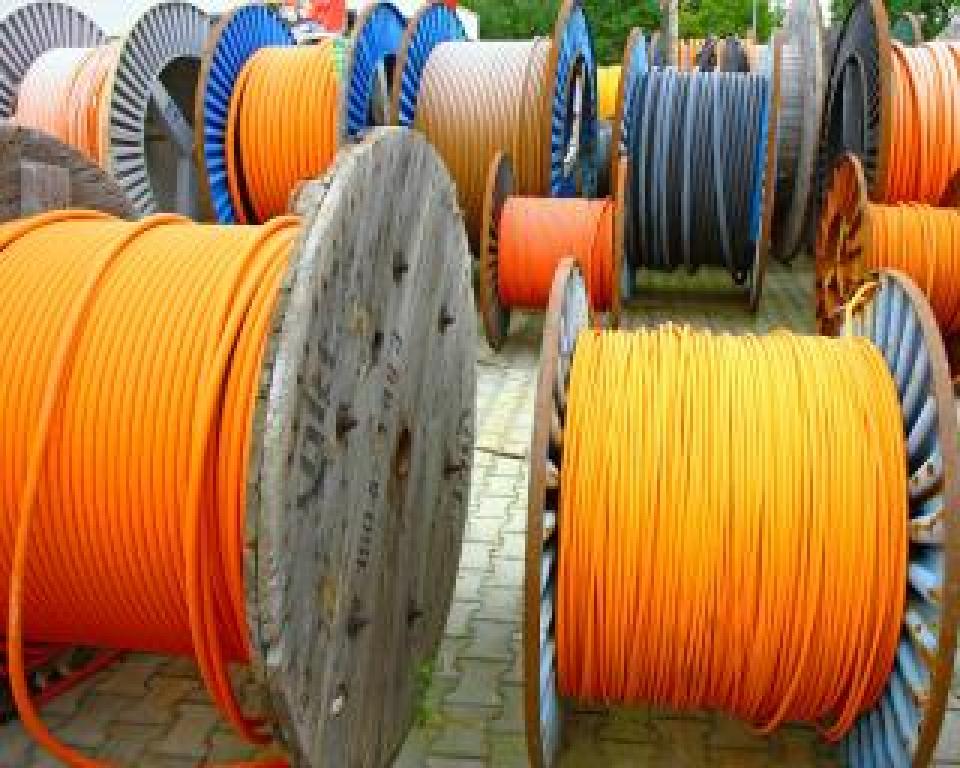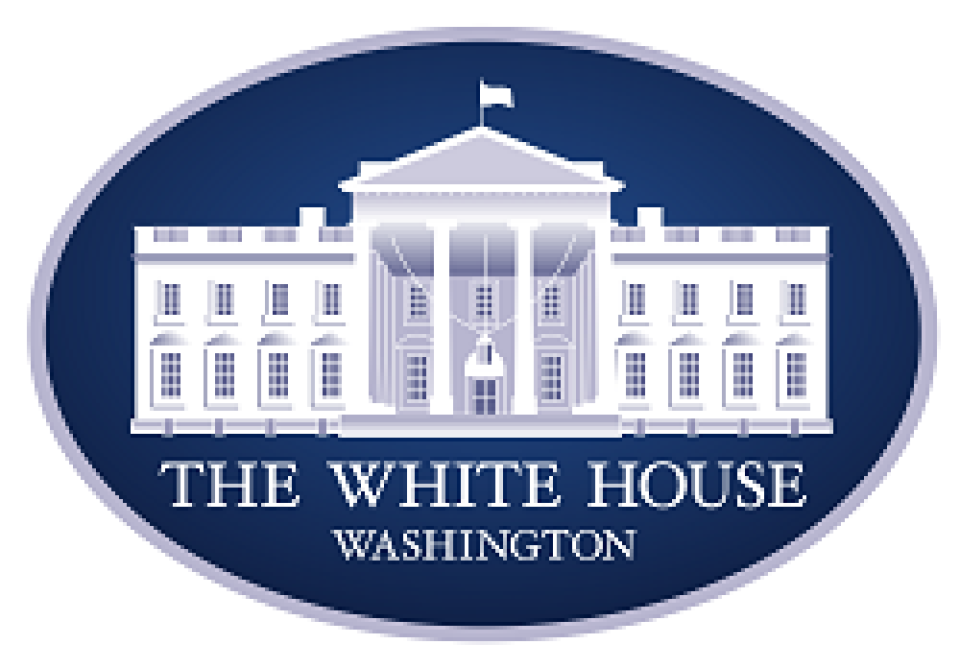
Fast, affordable Internet access for all.
Oftentimes what sparks interest around municipal broadband is the lack of choice among Internet service providers, where the options are: the one monopoly provider in town -- or nothing. So where to begin?
Start by collecting stories about the quality of Internet service (or lack thereof) in your community. Get first-hand accounts from families with school-age children unable to do school assignments because they don't have a home Internet subscription; often because they simply can't afford it. You can use our Affordable Connectivity Program Dashboard to find out how many households in your zip code are enrolled in the Affordable Connectivity Program, which will give you an idea of how just how big of a barrier the cost of service is for low-income households.
Check in with educators as well to gather information on how many of their students are falling behind or missing out on educational opportunities because they don't have home Internet access or the necessary devices.
Collect anecdotes from small business owners who find it difficult to conduct business or process payments because the connection they have isn't fast or reliable enough. Perhaps there is a local business thinking about re-locating to another community with better broadband.
Are there people in your community who work from home but have a difficult time doing so because the service they have is inadequate or unreliable? Find them and document their story. Or maybe there are stories to be found about people who want to remain in the community but are unable to take advantage of great remote work opportunities because the Internet service in town is terrible (and expensive).
Speak with local health care providers about their patients, especially patients who are older adults aging at home or people with chronic health conditions that need to be constantly monitored, and ask them how telehealth is being used and it's potential for both health care costs savings and improving health outcomes -- if only high-speed Internet access was ubiquitous, reliable and affordable.
Encourage your neighbors and other residents in your community to conduct speed-tests to find out whether those households are actually getting the download and upload speeds they are paying for, or if they are getting lower-than-advertised speeds from the incumbent provider.
Find out what, if any, nonprofit organization(s) in your community are focused on digital equity and whether elected officials have produced or are working on a digital equity plan for the entire community. Does your community have a Broadband Taskforce or Study Committee? What have they uncovered?
It's not necessary to become an engineer or some tech wiz to engage. However, it is useful to learn a few basics such as why fiber networks are considered to be the "future-proof" gold standard of Internet connectivity, how it compares to the technology cable companies typically use, and why DSL is not adequate to meet the connectivity needs of most households.

Does your town or city have an existing municipal electric utility? If so, they may already have a fiber network in place to monitor and manage the system, which could be expanded to bring fiber Internet service to residents and businesses. The most celebrated example of this is Chattanooga's EPB Fiber network, easily one of the most successful municipal networks in the entire nation. The Knoxville Utilities Board (KUB) is a more recent example of an existing utility expanding into residential broadband service. However, even if a municipal utility doesn't have a fiber network, they have likely discussed building one. They also own the utility poles, which makes building and operating a municipal broadband network a lot easier.
Still, even if your community does not own and operate a municipal utility, there are communities who have successfully built a municipal broadband network from scratch, such as FairlawnGig in Fairlawn, Ohio and the HiLight network in Hillsboro, Oregon.
Creating a website or even a Facebook page that focuses on the state of Internet connectivity in your community. It can be a useful space to bring residents together to discuss their connectivity experiences and share resources about what other communities have done or are doing to solve the digital divide in their communities.
Host a community forum that focuses on the contours of the digital divide in your community and discuss why it exists and what is being done about it.
Sooner or later, all of this will lead to the question: "Ok, so how would we pay for it?" To begin to think about that question, it's heartening to know that the federal government is making a once-in-a-generation investment to fund the deployment of new networks and other broadband expansion programs through the American Rescue Plan Act (ARPA) and Infrastructure Investment and Jobs Act (IIJA). The umbrella term the Biden-Harris administration uses is the Internet For All Initiative.

Rescue Plan funds have already been disbursed to states and local municipalities. How much of that money did state and local leaders allocate for broadband expansion efforts in your community? With the IIJA funds, states are poised to receive hundreds of millions of dollars each for state broadband grant programs. Your state likely has a broadband office or is in the process of setting one up to administer grant programs that fund projects aimed at unserved and underserved areas.
It's important to note two things, however, as it relates to financing: 1) each state has its own rules and guidelines on what entities are eligible to apply for broadband grants and how projects are selected for grant awards; and 2) numerous communities have built, or are building, municipal broadband networks without relying on grants just like they do when embarking on more expensive capital projects such as building schools, roads or water systems. In many instances, cities and towns finance new network construction with various types of municipal bonds or by partnering with a private provider in what are known as public-private partnerships. FairlawnGig in Fairlawn, Ohio; the HiLight network in Hillsboro, Oregon; and TeamPharr.Net in Pharr, Texas are three examples that are worth checking out.

To really dive into what your community needs to know about municipal broadband, we offer two programs that cover the details of the digital landscape, the various technologies that can be used to expand broadband access, potential funding sources, as well as pitfalls to avoid. Learn more about our Let's Get Going Broadband Program and our Urban Digital Equity Bootcamp here.
Successful municipal broadband campaigns always involve a handful of local champions, building coalitions, and working in concert with local officials who are willing and able to see it through. That could be you -- getting involved in a real labor of love.
In the meantime, we invite you to tune into our weekly Community Broadband Bits podcast here and hear directly from the people out there working on the front lines. Over 600 communities across the nation have already embarked on the journey. Hundreds more are at various stages of planning or building. Yours could be one of them. If so, we'd love to hear from you. To share your community's story email us at broadband@muninetworks.org.
